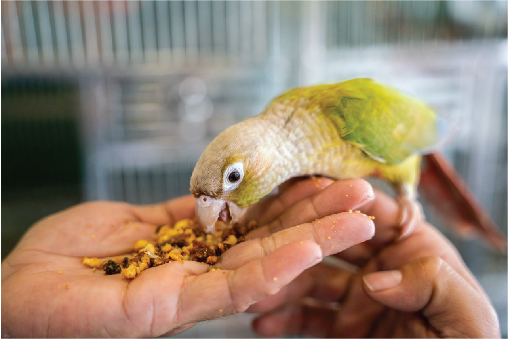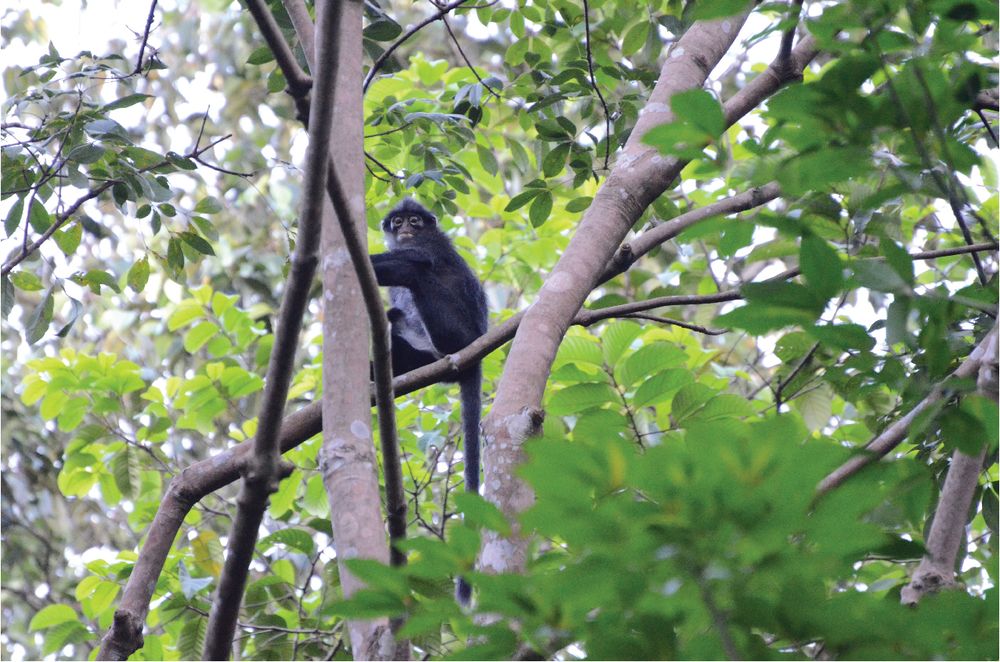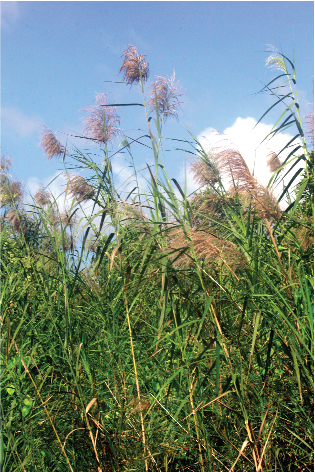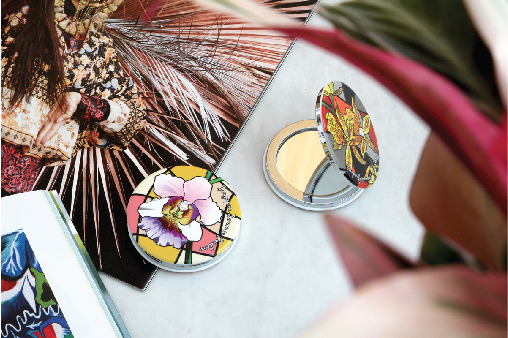In Beak Condition
Taking care of a beautiful pet bird can be a rewarding experience, but it requires much time and research, as with all pets. When it comes to bird health, the beak is arguably one of the most important concerns, since a bird uses it most often for eating and climbing around.
Read on to learn more about how to keep a bird’s beak in peak condition.
Maintain a Healthy Diet

A well-balanced diet is an important factor in keeping your bird’s peak healthy.
A well-balanced diet is the first step in ensuring beak health. While pellets are often a bird’s main type of food, depending on the species of bird, consider giving fresh vegetables, fruits, hard seeds and nuts to supplement the pellets. When planning what to feed your pet bird, be sure to discuss with your vet on what it should or should not eat.
It is also important to encourage your pet bird to exercise its beak. For example, you can provide bird-safe natural perches or chew toys for it to gnaw on. You can also wrap nuts, treats, or dried food in bird-safe paper (plain paper that does not contain any chemicals) as an added challenge. Giving your pet bird things to chew on will also help to prevent beak overgrowth.
Addressing Common Problems

Scissors beak, or crooked beak, happens when one side of the beak grows faster than the other.
Just like our nails and hair, a bird’s beak is made up of keratin and grows throughout the bird’s life. It is usually worn down through regular activities, but may be slightly flaky at times, as keratin can naturally peel off due to the natural renewal process.
However, flaky beak may be also due to a vitamin deficiency, especially when big pieces of the beak flake off. Consult with your vet about suggestions on dietary changes or new supplements to treat this condition if that is the case.
Another common beak problem is scissors beak, or crooked beak. This happens when one side of the beak grows faster than the other, causing the beaks to meet incorrectly and this makes eating more difficult. This is commonly seen in cockatoos and macaws, but can occur in any species. Depending on the severity, such abnormalities can only be resolved with trimming, surgery or prosthetics by a qualified vet.
Go for a Trim

Speak to your vet first before deciding whether your bird needs a beak trim.
Normal beaks do not require trimming, but some birds may need beak trimming due to trauma, sickness, malnutrition or congenital malformations.
If your pet bird requires a beak trim, have a vet do so, to avoid hurting it and causing distress. The beak has blood vessels and nerves, so improper trimming may injure or cause pain to the bird. A qualified avian vet will have the professional training and equipment such as a sanding tool or grinding stone drill to carefully and gently restore the beak to tip-top condition.
Learning More
If you are interested in adopting a pet bird, please remember that getting a pet is a lifelong commitment. Do consider the responsibilities of being a good owner before you get one. To find out about the pros and cons of adopting an animal, check out this article and learn more about the adoption process here.
To learn more about the ins and outs of responsible pet ownership and animal welfare, follow @AnimalBuzzSG or visit the Animal & Veterinary Service webpage.
Visit NParksSG, our refreshed YouTube Channel that serves as a one-stop repository for more than 500 video resources. It also provides you a platform for existing and future digital outreach including DIY gardening and related crafts, virtual tours of our green spaces, and livestream events. Watch this video for more tips on bird care and health.
If you like what you read, follow us on Facebook, Instagram and Telegram to get the latest updates.
Text by Liyana Adnan





Have views or comments on this article? Let us know via this form. If you would like to give us feedback on any other areas relating to our parks and gardens, please submit via https://www.nparks.gov.sg/feedback